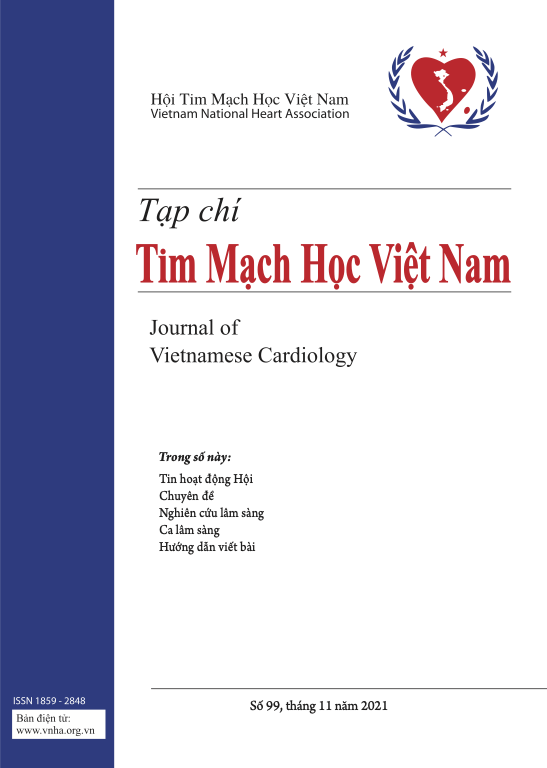Vai trò của chỉ số SvO2 trong tiên lượng hồi sức bù dịch ở bệnh nhân phẫu thuật tim có quy cơ cao
Tóm tắt
Vai trò của chỉ số SvO2 trong tiên lượng hồi sức bù dịch ở bệnh nhân phẫu thuật tim có quy cơ caoTài liệu tham khảo
1. Gattinoni L, Brazzi L, Pelosi P, Latini R, Tognoni G, Pesenti A, FumagaUi R, forthe Sv02 collaborative group: A trial of goal-oriented hemodynamictherapy in critically ill patients. N Engl J Med 1995,16:1025-1032.
![]()
2. Ziegler DW, Wright JG, Choban PS, Flancbaum L: Aprospectiverandomized trial of preoperative “optimization” of cardiac function inpatients undergoing elective peripheral vascular surgery. Surg 1997,122:584-592.
![]()
3. Põlõnen P, Ruokonen E, Hippelăinen M, Põyhốnen M, Takala J: Aprospective, randomized study of goal-oriented hemodynamic therapyin cardiac surgical patients. Anesth Analg 2000,90:1052-1059.
![]()
4. Verheij J, van Lingen A, Beisbuizen A, Christiaans HM, de Jong JR, Gứbes AR,WisseIink w, Rauwerda JA, Huybregts MA, Groeneveld AB: Cardiac responseis greater for colloid than saline fluid loading after cardiac or vascularsurgery. Intensive Care Med 2006,32:1030-1038.
![]()
5. Vedrinne c, Bastien o, De Varax R, Blanc p, Durand PG, Du Grès B, BouvierH, Saroul c, Lehot JJ: Predictive factors for usefulness of fiberopticpulmonary artery catheter for continuous oxygen saturation in mixedvenous blood monitoring in cardiac surgery. Anesth Analg 1997,85:2-10.
![]()
6. Van B, Wietasch G, Scheeren T, spronk P, Kuiper M: Clinical review: use ofvenous oxygen saturations as a goal-a yet unfinished puzzle. Crit Care2011,15:232. [11,
![]()
7. Walley KR: Use of central venous oxygen saturation to guide therapyAm J Respir Crit 2011,184:514- 520.
![]()
8. Inomata s, Nishikawa T, Taguchi M: Continuous monitoring of mixedvenous oxygen saturation for detecting alterations in cardiac outputafter discontinuation of cardiopulmonary bypass. Br J Anaesth 1994,72:111-116.
![]()
9. Víale JP, Annat G, Lehot JJ, Quard s, Quintín L, Parlow J, Durand PG, ZabotJM, Villard J, Estanove S: Relationship between oxygen uptake and mixedvenous oxygen saturation in the immediate postoperative periodAnesthesiol 1994, 80:278-283.
![]()
10. Caille V, Squara P: Oxygen uptake-to-delivery relationship; a way to assessadequate flow. Crit Care 2006,10((Suppl3)S4):l-7.
![]()
11. Monnet X, Julien F, Ait-Hamou N, Lequoy M, Gosset c, Jozwiak M, PersichiniR, Anguel N, Richard c, Teboul JL: Lactate and veno-arterial carbondioxide difference/arterial-venous oxygen difference ratio, but notcentral venous oxygen saturation, predict increase in oxygenconsumption in fluid responders. Crit Care Med 2013.
![]()
12. Giraud R, Siegenthaler N, Gayet-Ageron A, Combescure c, Romand JA,Bendjeỉid K: Scv02 as a marker to define fluid responsiveness. J Trauma2011,70:802-807
![]()








